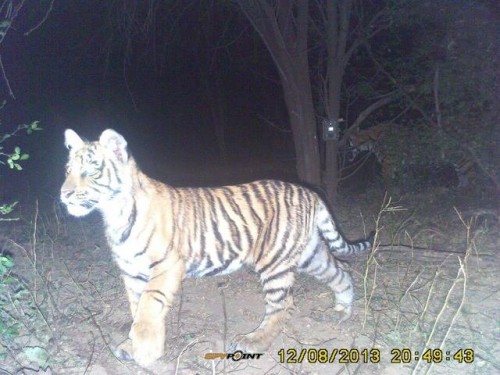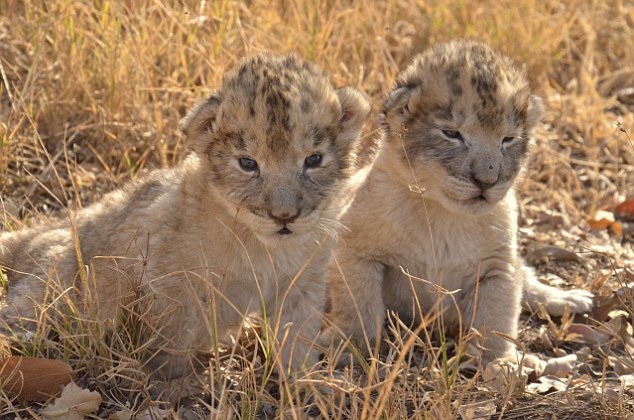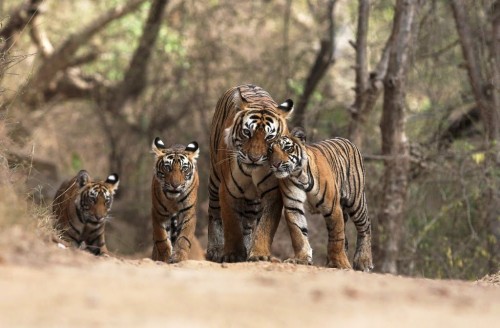The future of vulture species in Tripura remains an uncertainty as their numbers continue to rapidly decline. In a recent survey by the state forest department it was discovered that only 55 vultures remain in the entire state. This shocking revelation has prompted the forest department to initiate a captive breeding program for vultures at the Sipahijala Wildlife Sanctuary near Agartala.
Speaking about the program, Chief Wildlife Warden, A. K. Gupta said,
“There are only 55 vultures left in the State, which came to light following a survey by the department. So, we have decided to start a captive breeding program to conserve the bird.”
“Vultures are an important component of the forest eco-system. They help maintain a balance between the living and dead by devouring remains of dead animals,” added Gupta.
The survey was carried out at 107 areas in the 16 subdivisions of the state, and of the 55 remaining vultures, 26 were sighted in South Tripura district, 27 in Khowai district, and only two in the Sipahijala Wildlife Sanctuary.
No Habitat, No Food
Gupta added that out of the nine species of vultures found in the country, the white-rumped vulture found in Tripura was critically endangered. He also said that the department would be tying up with the Bombay Natural History Society (BNHS) and the Zoological Survey of India (ZSI) for the captive breeding project once the state has been declared a Diclofenac-free state.
Diclofenac is an anti-inflammatory drug given to livestock as a pain-reliever. But the chemical adversely affects vulture species that eat carcasses of animals that consumed diclofenac and leads to sudden death. However, the disappearance of vultures in Tripura is not related to the chemical, as was the case in Gujarat and Maharashtra.
Ajit Bhowmik, Conservator of Forest and former director of Sipahijala Zoo attributes the rapid decline of vultures in the state to destruction of habitat due to the felling of tall and leafy trees in the forest and also loss of surface carcass.
“The calamitous reduction in the number of vultures is a dangerous development,” informs Bhowmik. “Vultures are scavengers which consume all dead beings but they never spread germs. In their absence, the carcasses will be consumed by dogs, crows, or other animals and birds, all of which spread deadly germs, viruses, and bacteria,” he added.
Ornithologist and author of the book ‘The Last Flight of the Vulture’, Prasenjit Biswas, points out that not a single vulture was sighted in Tripura between 1998 and 2006. In his book, Biswas attributes the disappearance of vultures to human impact and lack of food.
“Human corpses are rarely dumped in the open, while animal carcasses are now safely disposed off. This has deprived the vultures of their natural food,” say Biswas, who has been studying the traits and movements of vultures for over 15 years.
Furthermore, referring to a report compiled by the BNHS, Bhowmik pointed out that in the early 1980s the country had a population of over 20 million vultures. However these figures dipped to less than one per cent of that number by 2009.
Bhowmik also added that the Sipahijala Sanctuary, with its large lakes and extensive forest cover, as well as the Rudra Sagar Lake and its surroundings, used to be a favourite haunt of the scavengers till the late eighties. Moreover, at one point of time, large flocks of vultures used to be sighted on the small islands of the 42 sq. km Dumbur Lake and its surroundings in Gomati district as a large number of animal carcasses used to be available there.
Hopefully the captive breeding efforts will bring the vultures back to the state.
More Related Stories,
2013 marks 15 Indian Birds as Critically Endangered
Another Pain Killer Turns Killer for Vultures
More Than 100 Vultures Sighted in Himachal Pradesh
Image via cc/Flickr by Balaji Venkatesh







One thought on “Tripura’s Vanishing Vultures to be Bred in Captivity”